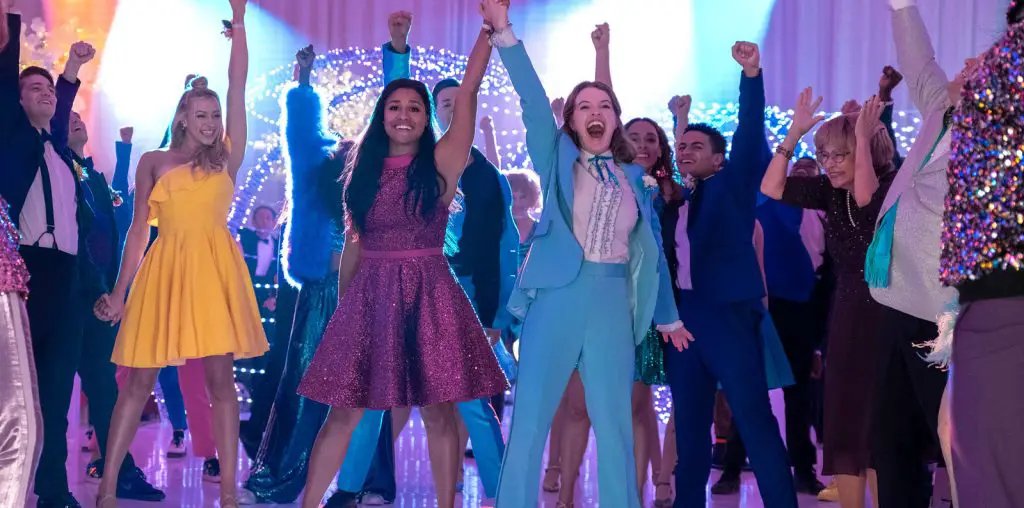
While Francis Ford Coppola’s “The Godfather Part II” is certainly one of the best sequels ever made, “The Godfather Part III” must be one of the worst movies ever nominated for a Best Picture Oscar. While it’s not terrible in the “Batman & Robin” sense of outright, unwatchable awfulness, it’s a mediocre film elevated to a higher status than it deserves, simply because of Coppola’s involvement and the Oscar-winning pedigrees of its predecessors. Sadly, it lacks the bite of those two films, dwelling on a state of affairs that could have been covered in a brief coda to Part II, rather than a nearly three-hour story.
Part III opens with shots of the Corleone family’s estate in Reno, which featured prominently in Part II but is now dilapidated and abandoned. Michael, still wealthy but far less powerful than he once was, tries to finally remove his family from the crime business and become legitimate. As he says in an oft-quoted line from this film, however: “Just when I thought I was out, they try to pull me back in!” You see, Sonny’s illegitimate son, Vincent, wants to continue the life of crime, and Michael must resort to old tactics if he hopes to end the mob violence that has erupted. Meanwhile, Michael tries to link his family’s finances with the Vatican in an attempt to legitimize them.
While that premise isn’t bad, its execution strikes a series of off-key notes. Al Pacino, was so wonderfully menacing as Michael in Part II, now feels like he’s playing a caricature of himself, which seems like the way he’s played every role for the past 20 years or so. His voice no longer adopts the calm, modulated “I’m going to kill you, f****r” tone he once had. I understand that Michael has changed during the two decades or so since Part II ended, but Part III doesn’t explain why.
Even his relationship with his ex-wife, Kay, has gone from one in which he closes the door in her face in Part II to one in which they joke together in Part III. Okay, they’ve clearly put aside the past and reconciled their differences, but how? Why? Kay thought he was a monster in Part II, but now she seems to regard him as a kindly old grandpa or something. I don’t get it.
The same thing has happened with Michael’s attitude toward his sister, Connie. Here’s someone whose husband was ordered killed by her brother, and who was clearly acting out in Part II, and now she’s part of intimate family discussions. What prompted this dramatic shift? How did she get over her bitterness toward her brother?
Screenwriters Coppola and Mario Puzo don’t bother to answer any of these questions, instead giving us an overly-convoluted tale that ends with Michael’s death. In fact, Coppola explains in the accompanying commentary that he wanted to name the film “The Death of Michael Corleone,” but Paramount nixed that decision. He says that reflected his own declining influence with the studio, which is ironic given Michael’s similar state in Part III. Maybe Coppola was more interested in making a movie that explored his own state of mind and position in the film industry than in giving us something that would provide a fitting cap to the Corleone family saga.
Personally, I think you could never watch this movie and still be satisfied with how Coppola ends Part II: Michael sitting alone in a chair, reminiscing about a past family get-together that reflected a more joyous time now long-gone, thanks to the self-destructive natures of him and his brother, Sonny. That’s really Michael’s death, right there: he’s a shell of a man, rich and powerful and yet haunted by the doomed decisions he made. He doesn’t deserve any opportunity for redemption in Part III; he should remain locked in his own living hell. This isn’t someone we root for—rather, Michael Corleone is a man whose upward trajectory we pity, knowing the true price paid for his ambitions.
This release from Paramount is simply the same disc from the studio’s “Godfather Collection,” with the film’s trailer pulled in from that set’s bonus disc. The only other extra is a commentary from Coppola that delves into the film’s production, like his tracks on the other films. Clearly not one to divert from a set pattern, this commentary also covers production anecdotes and approaches to the story. Unsurprisingly, Coppola also addresses some of the critical scorn heaped on the film and does his best to defend some of the elements that were the most maligned. I wasn’t convinced, but I appreciated the effort.
Toward the end, Coppola gets into his ideas for what could have been a fourth “Godfather” film, a project derailed by Mario Puzo’s passing in 1999. The premise used the idea of parallel stories, a la “The Godfather Part II,” to show Vito Corleone continuing his rise to power while Vincent takes the family into the cocaine trafficking trade, eventually meeting his demise in Colombia at the hands of a character modeled after Pablo Escobar.
I was disappointed by Puzo’s death, but I’m glad a fourth “Godfather” was never made. How far do you take the series? Does anyone want to see the Corleone family eventually running extortion rackets in a colony on the moon? Do we need to see Vito’s entire life? What’s the point of comparing and contrasting Vito and Vincent anyway? The saga is really about Michael Corleone’s rise and fall, and that’s where it should end. “Part III” didn’t cap that story the best way, but at least it’s done. Let’s move on to something else.
